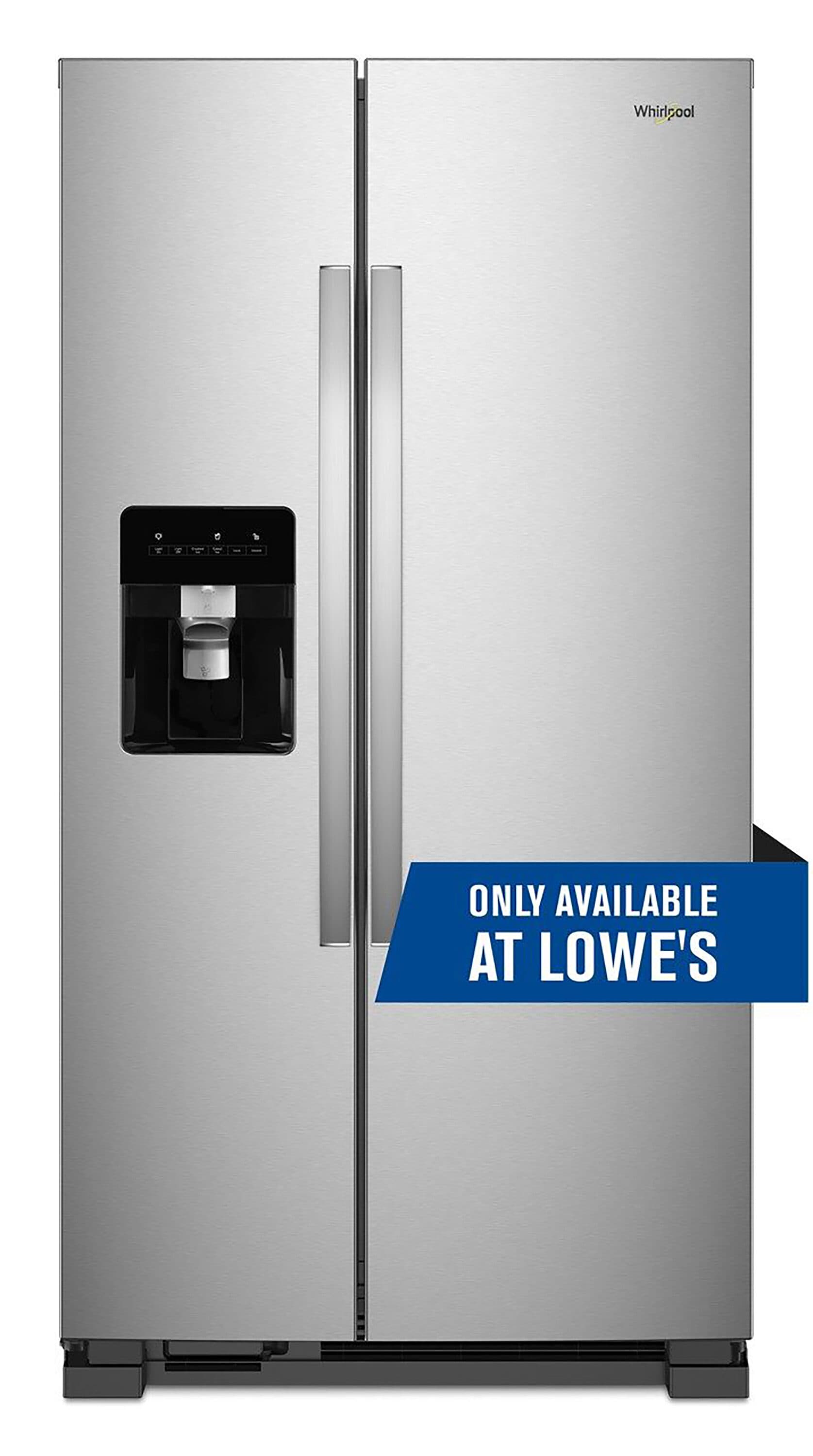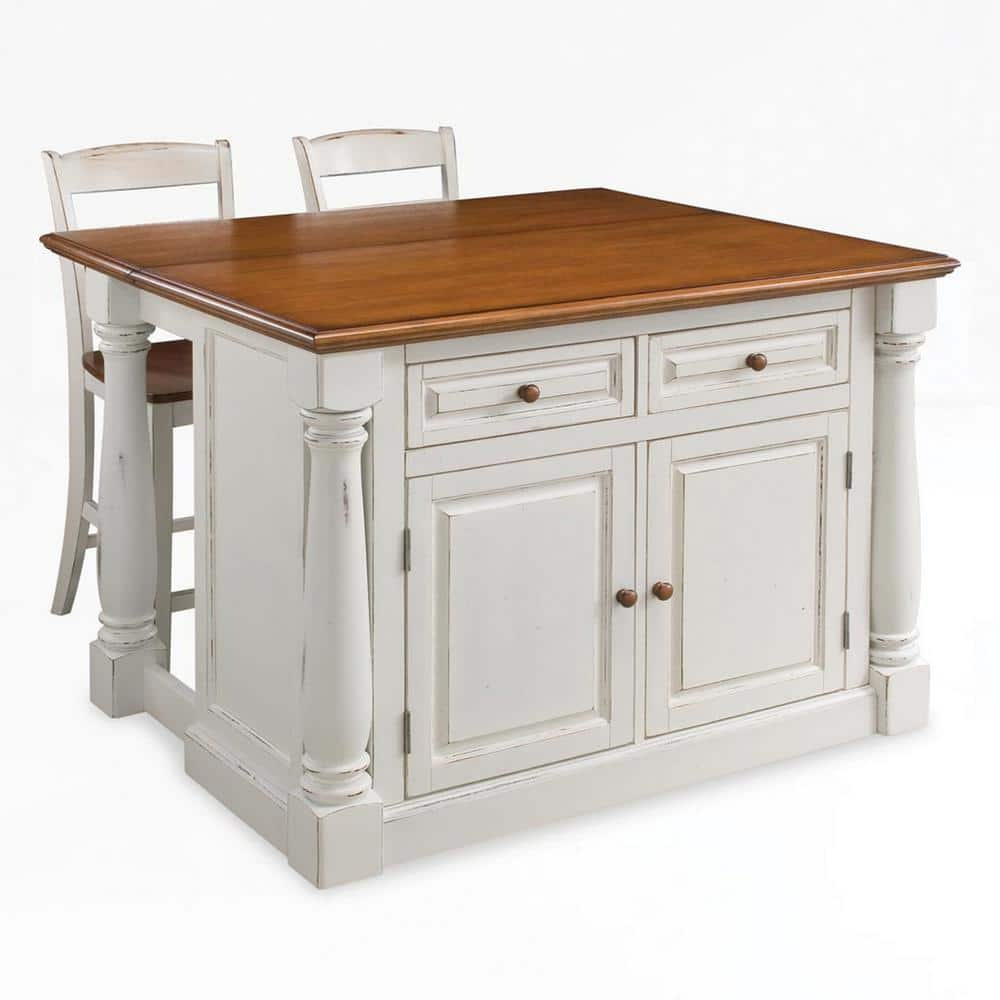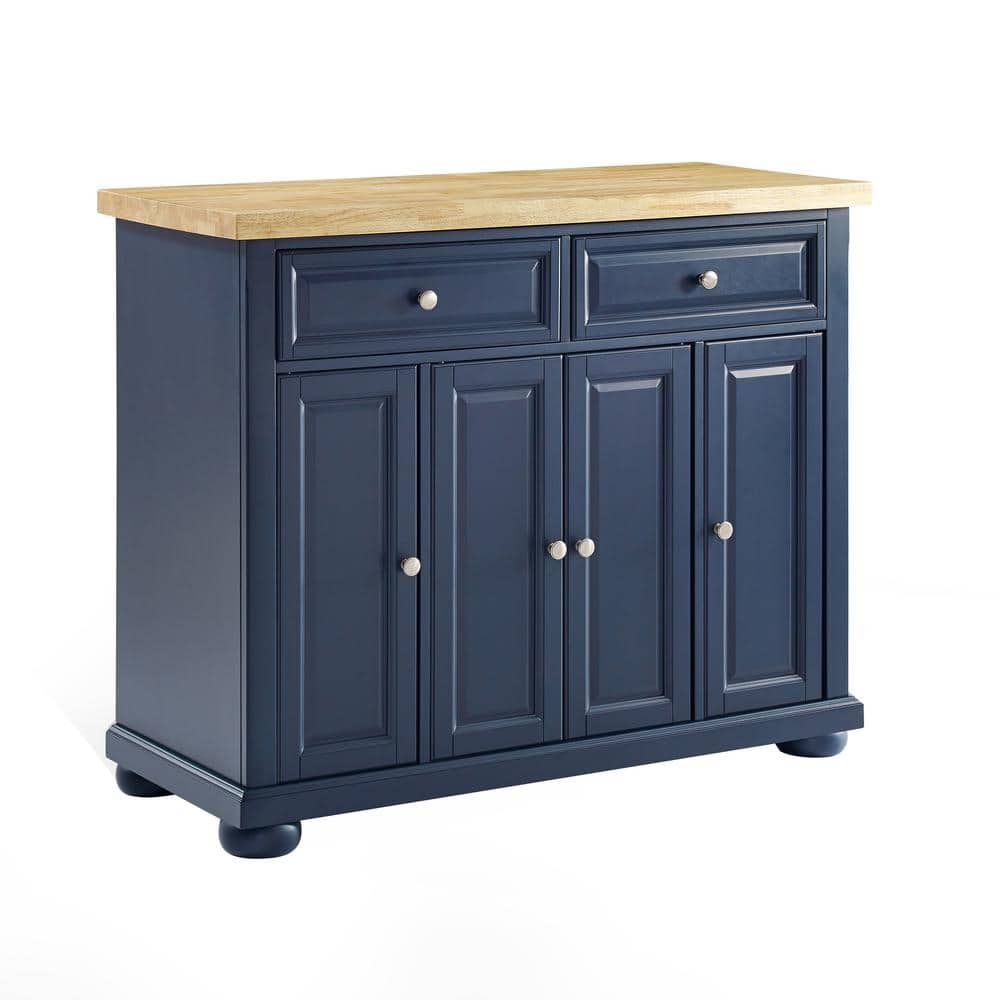Whirlpool 24.6-cu ft Side-by-Side Refrigerator with Ice Maker (Fingerprint Resistant Stainless Steel)
Purposefully-designed spaces help you maximize your storage so you can fit and find it all in this side-by-side refrigerator. Adjustable gallon door bins give you increased loading flexibility. The refrigerator with ice and water dispenser lets you get ice and water without opening the door while LED lights also keep food looking as good as it tastes.
Purposefully-designed spaces help you maximize your storage so you can fit and find it all in this side-by-side refrigerator. Adjustable gallon door bins give you increased loading flexibility. The refrigerator with ice and water dispenser lets you get ice and water without opening the door while LED lights also keep food looking as good as it tastes.
- Store more items on each shelf with frameless glass shelves
- Get loading flexibility with adjustable gallon door bins
- Keep food looking like it should with LED interior lighting
- Hidden hinges – get a seamless look with door hinges that stay out of sight
- Electronic temperature controls – choose the ideal temperature for whatever foods you’re storing with convenient, up-front controls
- Factory – installed icemaker – don’t worry about refilling ice trays with this pre-installed icemaker that makes sure you always have plenty of ice on hand
- Humidity-controlled crispers – store fruits and vegetables in their ideal environment
- Adaptive defrost automatically monitors the freezer environment and runs the cycle only when necessary
- Frameless glass shelves – store more items on each shelf with wall-to-wall frameless glass shelves, which offer greater storage flexibility
Additional information
| Cabinet Color | Gray |
|---|---|
| Handle Color | Stainless steel |
| Toe Grille Color | Gray |
| Manufacturer Color/Finish | Fingerprint Resistant Stainless Steel |
| Warranty | 1-year limited |






by Mark
It works properly
by Cathy
Size is great and very spacious, perfect fit for any size
by Leah
Overall a great refrigerator
by Kim
The previous Whirlpool was 19 years old and still working. We bought a new one because we wanted to upgrade the look of the kitchen. I like everything about the new one except the water out of the door is not as cold as the old one. It is very quiet and very well lit inside and of course has more room especially in the freezer. By the way we tried one with the ice maker in the door and didn’t like it, was too noisy. Lowes was great, delivery guys were right on time, courteous and fast.